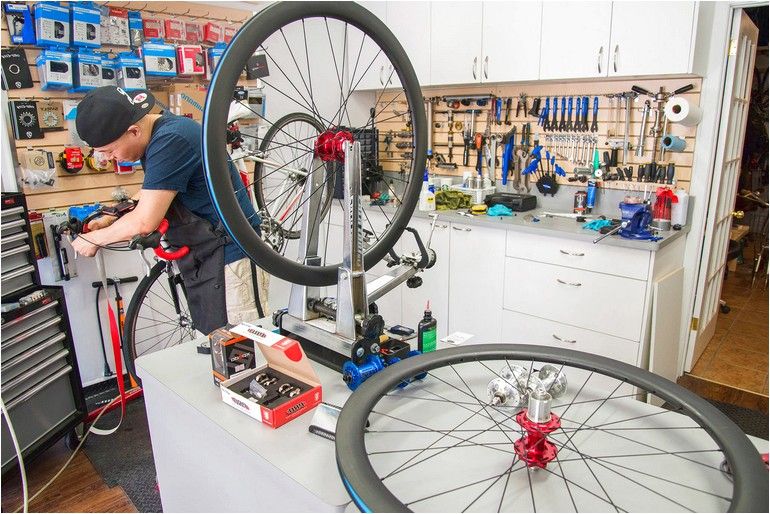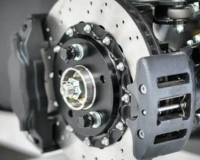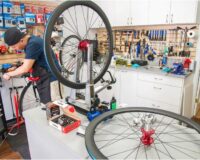Whether you’re a seasoned driver or just got your license, dealing with a flat tire is a situation most vehicle owners face at some point. Knowing how to handle tire changes and flat repairs can save you time, money, and stress — and in some cases, it might even get you safely out of a tight spot.
Whether you’re a seasoned driver or just got your license, dealing with a flat tire is a situation most vehicle owners face at some point. Knowing how to handle tire changes and flat repairs can save you time, money, and stress — and in some cases, it might even get you safely out of a tight spot.
In this blog, we’ll break down the basics of tire maintenance, how to deal with flats, and when to opt for a repair versus a full replacement.
🚗 Why Do Tires Go Flat?
Tires can go flat for a variety of reasons:
-
Punctures from nails or sharp objects
-
Valve stem damage
-
Worn-out tires or sidewall blowouts
-
Bead leaks (where the tire seals with the rim)
-
Extreme temperature changes causing pressure loss
Recognizing the cause helps determine if the tire can be repaired or needs to be replaced.
🛠️ Tire Changes: A Step-by-Step Guide
If you have a spare tire and the necessary tools, you can often change a flat tire yourself. Here’s how:
-
Find a safe location – Pull over on flat ground away from traffic.
-
Apply the parking brake – Safety first!
-
Use wheel wedges – To prevent rolling.
-
Loosen the lug nuts – But don’t remove them yet.
-
Jack up the car – Refer to your vehicle manual for proper jack points.
-
Remove the flat tire – And set it aside safely.
-
Mount the spare – Align it with the lug bolts and push it on.
-
Tighten the lug nuts by hand – Then lower the car and tighten fully using a wrench.
-
Check the spare’s pressure – Especially if it’s a “donut” spare, which has limited use.
💡 Tip: Always have a tire pressure gauge and portable inflator in your car emergency kit.
🔧 Flat Repair: When Is It Safe?
Not all flats require a new tire. Here’s when a flat can typically be repaired:
-
The puncture is less than 1/4 inch in diameter.
-
It’s located on the tread area, not the sidewall.
-
There’s no internal structural damage or exposed cords.
-
The tire hasn’t been driven flat for a long period.
Most repair shops use a plug-patch combination that seals the inside and fills the puncture hole. This method is considered safe and long-lasting.
❌ When to Replace Instead of Repair
You’ll likely need a new tire if:
-
The sidewall is damaged or cracked.
-
The puncture is too large or near the shoulder.
-
Tread depth is below 2/32 of an inch.
-
There’s visible bulging or splitting.
Continuing to drive on a damaged tire can result in blowouts or loss of control.
🛞 Don’t Forget Regular Maintenance
Preventive care goes a long way. Here’s what to keep in mind:
-
Check tire pressure monthly.
-
Rotate your tires every 5,000–7,500 miles.
-
Inspect for nails, cracks, or unusual wear.
-
Get alignment checks regularly.
Well-maintained tires improve fuel efficiency, ensure smoother handling, and extend the life of your vehicle.
🚘 Conclusion
Flat tires are inconvenient, but knowing how to handle tire changes and flat repair gives you confidence and independence on the road. Whether you DIY the repair or visit a professional, staying informed helps you make the safest and most cost-effective decisions.
Need help with a flat tire or want to schedule a tire inspection? Contact our team today — we’re here to keep you rolling safely!




